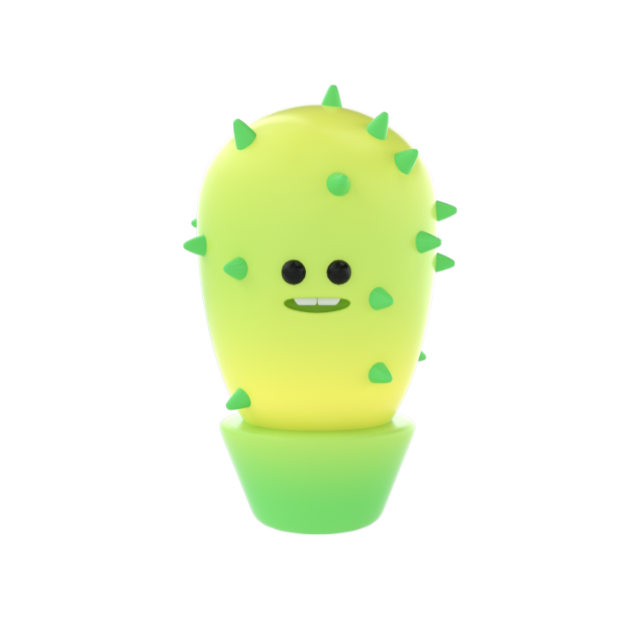TYPES OF MUSCLES The word «muscle», according to one theory, comes from a word that means «little mouse»: that is when a man's muscles are contracting they look as if a little mouse runs about under his skin. According to another theory the word «muscle» comes from a Greek expression that means «to enclose», that is layers of muscles enclose the body. We know that the muscles constitute about 50 per cent of total body weight, slightly more in the average male than the female. Tendons, fasciae and the various organs themselves depend on the muscular system and the function of muscle cells. There are three main types of muscular tissue that we identify classify on the basis of structure and functions: 1) smooth or visceral muscle, 2) striated or skeletal muscle, 3) cardiac muscle. Smooth muscles can contract slowly. They make up the walls of internal organs such as those of the blood vessels, and the digestive tract. Since we identify the internal organs as viscera, we sometimes call smooth muscles visceral muscles. The visceral muscles react relatively slowly to changes within the body and do so without the intervention of the will. The walls of the blood vessels are contracting or expanding when they respond to certain chemicals in the blood or in response to the effect of temperature but we cannot deliberately cause them to lift our arm or open our mouth. For this reason, we may call them involuntary muscles. Smooth muscle tissue consists of long cells. Smooth muscle fibres are bound (связаны) into bundles by connective tissue which contain blood vessels and nerves. Striated muscle tissue consists of large fibres in the form of bundles. Striated muscles are most necessary manipulation of the bones of the skeleton. Those are the muscles necessary for walking, running, turning the head and so on. That's why we sometimes call them skeletal muscles. This type of muscle tissue includes the large muscle masses of the body, the muscles of the arms, legs, back etc. It includes all those muscles which must react quickly to changes in the environment, i.e. those that become active through an effort of will. For this reason, we call striated muscles voluntary muscles. Cardiac (heart) muscle is, in a sense, a cross between the previous two. A characteristic feature of cardiac muscle is that fibres have neither a beginning nor an end. In other words, the heart is simply a huge net of muscles in which all elements are continuous with each other. Cardiac muscles («heart» — Greek) have the strength and force of contraction of the skeletal muscle. Cardiac muscle is under complete involuntary control. In that, it resembles visceral muscle. Ex.1 Find English equivalents. Найдите английские эквиваленты. согласно одной теории; прилегать; 50% от общей массы тела; связки; сокращаются; без вмешательства воли; длинные клетки; изменения окружающей среды; поперечнополосатые мышцы; мышцы сердца; добровольный; напоминает. Ex.2 Answer the questions.ответьте на вопросы. 1. How many types of muscular tissue are there? 2. How do we sometimes call smooth muscles? 3. Smooth muscles can contract slowly, can’t they? 4. What is another name of striated muscles? 5. Are there any differences between cardiac and skeletal muscles? What are they? 6. Has cardiac muscle a beginning or an end?
152
416
Ответы на вопрос:
Реши свою проблему, спроси otvet5GPT
-
Быстро
Мгновенный ответ на твой вопрос -
Точно
Бот обладает знаниями во всех сферах -
Бесплатно
Задай вопрос и получи ответ бесплатно

Популярно: Английский язык
-
Поставить форму present simple или present continuous. 1. What your...
 Seleno4ka13605.05.2021 01:32
Seleno4ka13605.05.2021 01:32 -
Es up 5.56 These sentences are from a dialogue between two friends,...
 Didei01.03.2021 16:43
Didei01.03.2021 16:43 -
с заданием по английскому языку. Заранее...
 yanamosijchuk26.08.2021 06:22
yanamosijchuk26.08.2021 06:22 -
Перепишите предложения, используя подсказки, так чтобы смысл остался...
 сонька17726.02.2021 20:30
сонька17726.02.2021 20:30 -
Match the part of the sentences 1)The more fruit and vegetables we...
 divaevaadila20.11.2021 00:42
divaevaadila20.11.2021 00:42 -
2 Make questions from the prompts. 1 you/like / modern art/? Do you...
 papapapapap15.09.2022 13:11
papapapapap15.09.2022 13:11 -
Хелп ми❤️Английский язык...
 Alung10.06.2021 01:26
Alung10.06.2021 01:26 -
сдаём через 10 минут английский язык...
 gbgar13.08.2021 11:03
gbgar13.08.2021 11:03 -
Сделать 2, 3 задние, можно любое из 2...
 Dashacolod03.06.2023 14:22
Dashacolod03.06.2023 14:22 -
build; cry; decide; go; not tidy; play 1 These tennis courts are...
 khludenev9909.09.2020 10:47
khludenev9909.09.2020 10:47

Есть вопросы?
-
Как otvet5GPT работает?
otvet5GPT использует большую языковую модель вместе с базой данных GPT для обеспечения высококачественных образовательных результатов. otvet5GPT действует как доступный академический ресурс вне класса. -
Сколько это стоит?
Проект находиться на стадии тестирования и все услуги бесплатны. -
Могу ли я использовать otvet5GPT в школе?
Конечно! Нейросеть может помочь вам делать конспекты лекций, придумывать идеи в классе и многое другое! -
В чем отличия от ChatGPT?
otvet5GPT черпает академические источники из собственной базы данных и предназначен специально для студентов. otvet5GPT также адаптируется к вашему стилю письма, предоставляя ряд образовательных инструментов, предназначенных для улучшения обучения.
